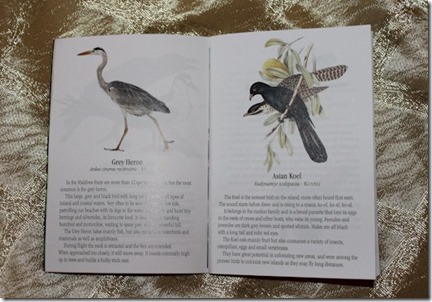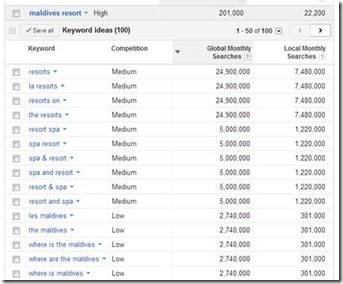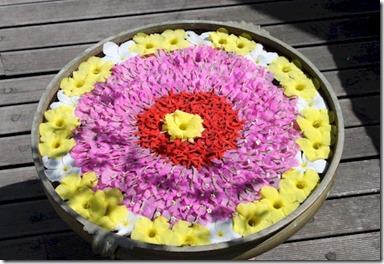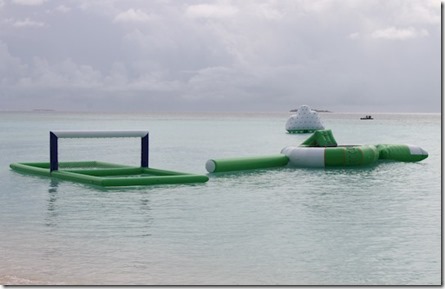One of the first things that I do when I arrive at a hotel room is to gather all of the marketing literature sprinkled liberally around the room and move it to some out of the way place. Lots of glossy material with pictures of palm trees and pina coladas that are not that interesting to me.
But Gangehi has created a booklet that was so good I brought it home. It is a guide to the plants and animals found on the resort. Fish guides are quite popular in the gift shops, but this is more land focused. The tropical life on the land has its own intriguing variety, colour and distinction. It’s great to have such a handy guide. You can buy natural guide books, but most cover the entire Indian Ocean and therefore are quite heavy (taking up precious luggage weight). Also, they tend to be so comprehensive it is often hard to find the particular creature you are seeking. Gangehi’s guide is limited to those critters found on the island itself so it is quite concise.
Beach reading!














